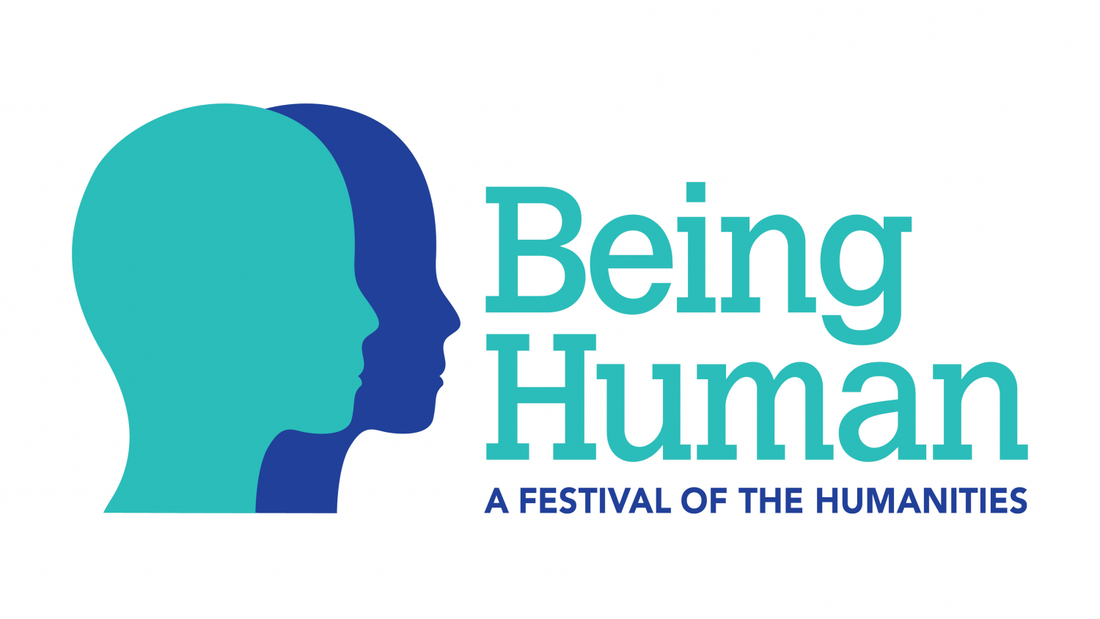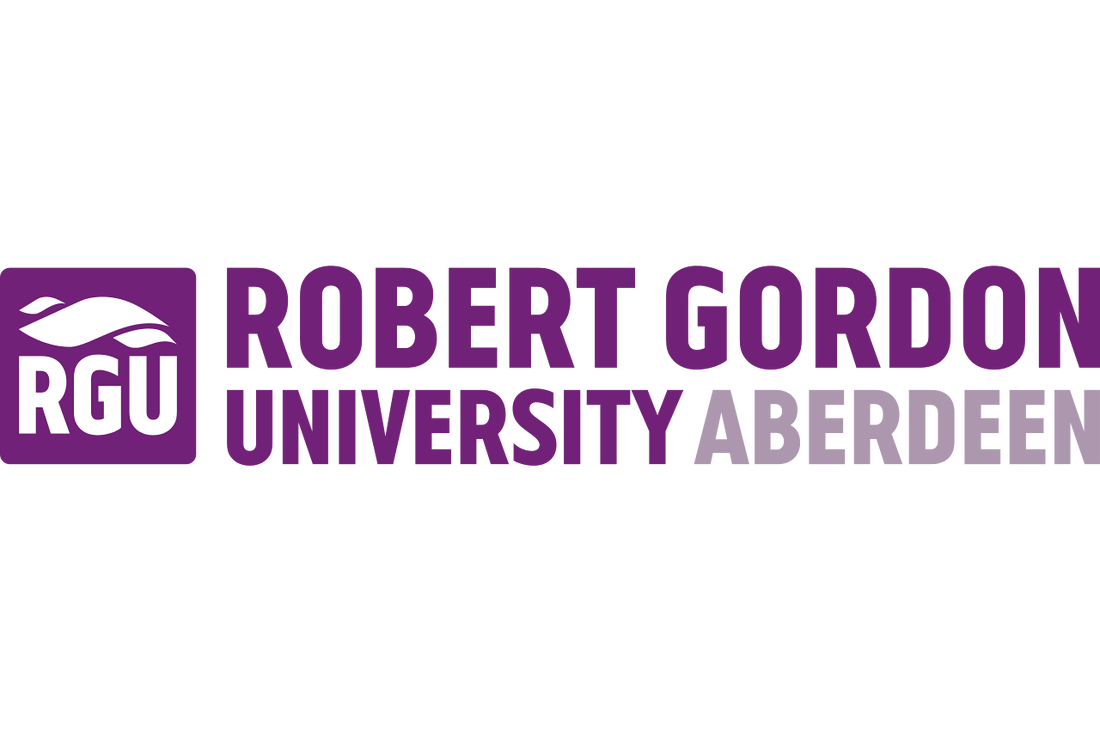JESSIE ANNE (ANNIE) ANDERSON (1861-1931)
Jessie Anne (Annie) Anderson was born on Christmas Eve in 1861 in Ellon. Her family was a large one: her mother, Jane Anderson (née McDonald), gave birth to eleven children including a set of twins. Her father, Peter Anderson, was a stone cutter who progressed to a master mason and, from 1862, the family lived at various addresses on Holburn Street in Aberdeen. Anderson’s life changed in 1871 when, at the age of 10, she slipped on ice whilst walking to school and was left paralysed from the waist down and largely housebound for the rest of her life. Being unable to attend school every day, she was taught at home by her mother and began writing poetry as a teenager. Her first poems were written under the pseudonym ‘Patience’ in the People’s Journal, Christian Leader, and People’s Friend, titles which were well-known for their support of emerging working-class Scottish poets. From here, she began contributing to newspapers and magazines in the north-east, including the Banffshire Herald, Aberdeen Press and Journal, Brechin Advertiser, Bon-Accord, and the Northern Figaro, and by the 1890s was contributing to national magazines, such as the Sunday Magazine, The Queen, and Woman’s Magazine. Her poetry spans a range of themes from standard verse on nature, the seasons, and the First World War, to more complex ideas of occultism, mysticism, and Scottish nationalism. She also wrote serial novels, short stories, and a play for children, as well as 13 volumes of poetry between 1894 and 1928, several of which were published by Caxton Press (Messrs Stephen & Milne) in Aberdeen which garnered her substantial local repute.
Anderson’s experience as a paraplegic did not prohibit her writing career, although she acknowledged that she was “too afraid of having my poetry such as it is over-gently reviewed – ‘very good considering’” by critics with knowledge of her disability. In 1924, she described herself as “a sort of physical paradox – extremely fragile and amazingly vital!”. This paradox provided a source of literary inspiration for her. In 1903 she co-founded Aurora, a magazine for people with disabilities that was contributed to by people with disabilities, for which she acted as co-editor and George Frankland, a deaf journalist and editor of British Deaf Times and British Deaf Monthly, was sub-editor. The magazine was produced “for the benefit of those on whom have been imposed any physical visitations” and is very likely one of the earliest representations of a magazine created by a non-abled-bodied writer in twentieth-century literature.
Throughout her life, Anderson built a vast network of friends, collaborators, and correspondents, including Hugh MacDiarmid, Marion Angus, Stewart Carmichael, James Guthrie, and the Dundee journalists Jessie M. King and Helen Greig Souter. She was a great advocate for other writers in the north-east, such as Isabella Fyvie Mayo, Lewis Grant Morrison (colloquially known as ‘the Northern Keats’ whose biography, letters, and last poems she edited), and Alexander J. Grant, the literary editor of the Banffshire Herald who was a close friend. Beyond the north-east, Anderson supported other working- and middle-class poets and writers including James Cryer, an engineer-poet from Bolton (whom she wrote the biography of), John Fullarton, Margaret Thomson of Lenzie, and Isabel H. Anderson of Inverness.
Anderson was particularly interested in the occult and was described by her friend and correspondent, James Pittendrigh Macgillivray, as having “a faculty of psychic perception such as might be termed ‘second sight’”. She contributed a monthly astrological column in the Banffshire Herald and published poetry in the Occult Review and The Mystic. For Anderson, her interest in the occult stemmed from her religious faith: she explained that “to me a sense of God is like a sense of the Starry Systems – above, around, and beyond all that man has stammered into all the creeds”. Despite growing up a Presbyterian (her father ran a Mission Bible Class), she converted to Catholicism and in the 1920s was one of only two Catholics living in Ellon. Her conversion to Catholicism, like other neo-Catholics in early-twentieth century Scotland, also lead to an interest in pre-Reformation Scotland and the history of the Celts and the Picts.
She was a well-informed critic of modern Scottish literature, a subscriber to Hugh MacDiarmid’s Northern Review and Scottish Nation, and was published in his Scottish Chapbook magazine and Northern Numbers poetry anthology, which informed her strong opinions about contemporary women poets. For instance, she was critical about the poetry of Mary Symon, Barbara Ross Mackintosh, and Fiona Macleod (pseudonym of William Sharp), but considered Violet Jacob, Marion Angus, Lady Margaret Sackville, and Rachel Annand Taylor as better representatives of the “New Dawn of Poetry in Scotland”. Anderson admired these women for their vernacular verse – Doric, in particular – but was sceptical of some Scottish Literary Revivalists who aimed to “put a Scotch dress on every English word in their vocabulary”. More broadly, Anderson was interested in Russian literature – she discussed the novels of Maxim Gorky, Ivan Turgenev, Leo Tolstoy, and Fyodor Dostoevsky with Pittendrigh Macgillivray – as well as Chinese poetry, Japanese prose, the European modernist Émile Zola, and the novels of Enlightenment writers Alain-René Lesage and Tobias Smollett.
Politically, Anderson was a supporter of Scottish Home Rule and women’s suffrage, though she was unconvinced by the Liberal Party of the 1910s and sceptical of the new wave of political activity in the 1920s, namely, socialism and fascism. Despite this, she wrote to Pittendrigh Macgillivray that “I am not a Labourist, but I think our times, like those of the Reform Bill, need a season of Tory and Labour well mixed in one batch”. After an entire life spent in the north-east, she passed away in parish housing on Station Road in Ellon in 1931 at the age of 70 and was buried in Nellfield Cemetery, Aberdeen. In her obituary in the Aberdeen Press and Journal she was described as ‘Ellon’s Poetess’ who wrote “with a refreshing boldness and freedom, and expressed her thoughts in pure, graceful language”.
Further Reading
Lauder, C., (2022) ‘Who Were They?’: Recovering Jessie Annie Anderson as a Case Study of the Scottish Women Poets in Hugh MacDiarmid’s Northern Numbers (1920–22).
Entry written by Charlotte Lauder
Anderson’s experience as a paraplegic did not prohibit her writing career, although she acknowledged that she was “too afraid of having my poetry such as it is over-gently reviewed – ‘very good considering’” by critics with knowledge of her disability. In 1924, she described herself as “a sort of physical paradox – extremely fragile and amazingly vital!”. This paradox provided a source of literary inspiration for her. In 1903 she co-founded Aurora, a magazine for people with disabilities that was contributed to by people with disabilities, for which she acted as co-editor and George Frankland, a deaf journalist and editor of British Deaf Times and British Deaf Monthly, was sub-editor. The magazine was produced “for the benefit of those on whom have been imposed any physical visitations” and is very likely one of the earliest representations of a magazine created by a non-abled-bodied writer in twentieth-century literature.
Throughout her life, Anderson built a vast network of friends, collaborators, and correspondents, including Hugh MacDiarmid, Marion Angus, Stewart Carmichael, James Guthrie, and the Dundee journalists Jessie M. King and Helen Greig Souter. She was a great advocate for other writers in the north-east, such as Isabella Fyvie Mayo, Lewis Grant Morrison (colloquially known as ‘the Northern Keats’ whose biography, letters, and last poems she edited), and Alexander J. Grant, the literary editor of the Banffshire Herald who was a close friend. Beyond the north-east, Anderson supported other working- and middle-class poets and writers including James Cryer, an engineer-poet from Bolton (whom she wrote the biography of), John Fullarton, Margaret Thomson of Lenzie, and Isabel H. Anderson of Inverness.
Anderson was particularly interested in the occult and was described by her friend and correspondent, James Pittendrigh Macgillivray, as having “a faculty of psychic perception such as might be termed ‘second sight’”. She contributed a monthly astrological column in the Banffshire Herald and published poetry in the Occult Review and The Mystic. For Anderson, her interest in the occult stemmed from her religious faith: she explained that “to me a sense of God is like a sense of the Starry Systems – above, around, and beyond all that man has stammered into all the creeds”. Despite growing up a Presbyterian (her father ran a Mission Bible Class), she converted to Catholicism and in the 1920s was one of only two Catholics living in Ellon. Her conversion to Catholicism, like other neo-Catholics in early-twentieth century Scotland, also lead to an interest in pre-Reformation Scotland and the history of the Celts and the Picts.
She was a well-informed critic of modern Scottish literature, a subscriber to Hugh MacDiarmid’s Northern Review and Scottish Nation, and was published in his Scottish Chapbook magazine and Northern Numbers poetry anthology, which informed her strong opinions about contemporary women poets. For instance, she was critical about the poetry of Mary Symon, Barbara Ross Mackintosh, and Fiona Macleod (pseudonym of William Sharp), but considered Violet Jacob, Marion Angus, Lady Margaret Sackville, and Rachel Annand Taylor as better representatives of the “New Dawn of Poetry in Scotland”. Anderson admired these women for their vernacular verse – Doric, in particular – but was sceptical of some Scottish Literary Revivalists who aimed to “put a Scotch dress on every English word in their vocabulary”. More broadly, Anderson was interested in Russian literature – she discussed the novels of Maxim Gorky, Ivan Turgenev, Leo Tolstoy, and Fyodor Dostoevsky with Pittendrigh Macgillivray – as well as Chinese poetry, Japanese prose, the European modernist Émile Zola, and the novels of Enlightenment writers Alain-René Lesage and Tobias Smollett.
Politically, Anderson was a supporter of Scottish Home Rule and women’s suffrage, though she was unconvinced by the Liberal Party of the 1910s and sceptical of the new wave of political activity in the 1920s, namely, socialism and fascism. Despite this, she wrote to Pittendrigh Macgillivray that “I am not a Labourist, but I think our times, like those of the Reform Bill, need a season of Tory and Labour well mixed in one batch”. After an entire life spent in the north-east, she passed away in parish housing on Station Road in Ellon in 1931 at the age of 70 and was buried in Nellfield Cemetery, Aberdeen. In her obituary in the Aberdeen Press and Journal she was described as ‘Ellon’s Poetess’ who wrote “with a refreshing boldness and freedom, and expressed her thoughts in pure, graceful language”.
Further Reading
Lauder, C., (2022) ‘Who Were They?’: Recovering Jessie Annie Anderson as a Case Study of the Scottish Women Poets in Hugh MacDiarmid’s Northern Numbers (1920–22).
Entry written by Charlotte Lauder



